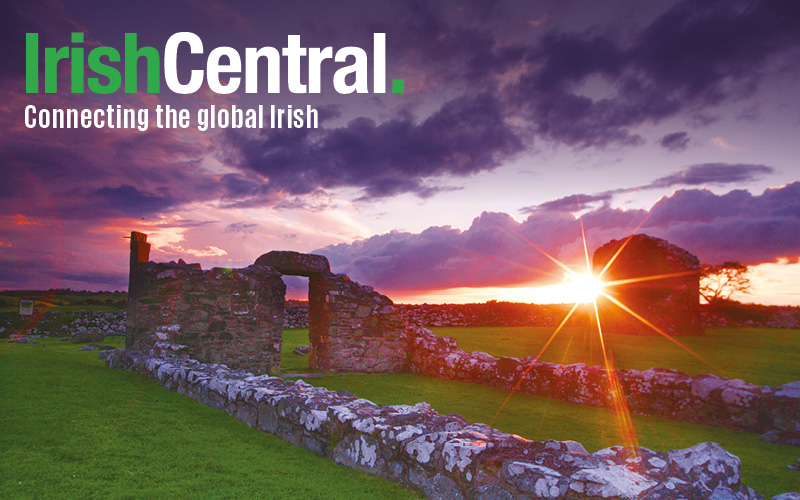The names of ancient townlands across Northern Ireland may be revived, years after they were replaced with street names in the 1970s.
A townland (or baile fearainn in Irish) is a small geographical division of land in Ireland of Gaelic origin. As such, the names of many townlands have Irish language origins, although they have been anglicized or altered in spelling through the centuries.
Townland borders have also altered at times and new ones were created due to the plantations or with the implementation of a tax system by the British. Evidence from the time of the plantations shows that townlands were used as the system by which to allocate land to planters.
Despite their continued use in the Republic of Ireland, the use of ancient townland names in postal addresses was forgone in Northern Ireland and replaced with road and street names. As can be seen in the examples pictured, some of the postal address retained the name of the townland (Magharenny became Magharenny Road) while others changed completely (Tattysallagh becomes Corradinna Road).
A new bill proposed by Member of the Northern Ireland Assembly (MLA) Phil Flanagan, however, could see a return of the ancient system to the six counties.
The proposal will ask the Northern Ireland Assembly to allow the eleven amalgamated “super” councils in the North to restore names such as Cloghore, Aghaginduff and Ballintrain to the areas.
The private member's bill which is due to be debated in the Assembly next week has been a long time in the making as a 2002 Assembly debate previously saw all parties unite in support of the reintroduction of townland names.
“I do not think that you can understate the perilous situation of the townlands,” said Phil Flanagan.
"There is not a consistency of approach to the promotion and usage of townlands and very many people do not know what townland they live in. For me, that is a serious problem."
Although thinking that the townland system was unique to Ireland, Flanagan admitted that MLA Oliver Gibson informed him that a similar system was also in use in Sudan.
"I have never been, but I will take his word for it. I do not know whether it originated in Sudan or here, but it is a good system,” he said.
"Many people across the North have lamented the fact that the usage of townlands has largely ceased since the policy change of the early 1970s. The change that I am proposing would allow councils, if they so wished, to put townlands back to use as the principal part of the address."
Flanagan has carried out his own research on the desire among the public for the reintroduction of townland names, research which has shown a strong demand for the protection of the ancient place names.
"Over 80 responses to the consultation were received, including responses from individuals, groups, political parties and local councils and the majority were supportive," he continued.
There are around 9,600 townlands in Northern Ireland. They can vary in size and have no uniform structure but it is believed that the original evaluation of a townland was the grouping of an area of good land with an amount of uncultivated land.
In Northern Ireland, the average size of a townland in 357 acres although the size can reach as high as 4551 acres (Slievedoo, Co. Tyrone) or as small as 4 acres (Acre McCricket, Co. Down).
The Belfast Telegraph report that of the over 9,000 townlands, some 5,000 of them include the prefix “Bally” (which is an anglicized version of the Irish word for town, “baile”) with 2,000 of these in Co. Fermanagh. There are 45 townlands in the six counties named “Ballybeg” meaning “small town.”
Despite the introduction of a postcode (eircode) to the Republic of Ireland earlier this year, townlands are still in use in postal addresses.
Do you think it's important to preserve ancient place names and why? Let us know in the comments section.




Comments